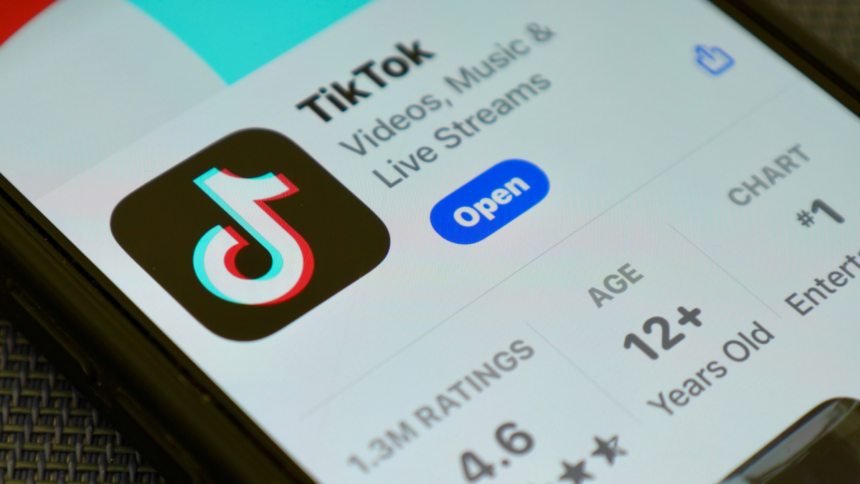The TikTok Rollercoaster: What Lies Ahead for Users in the U.S.
The trajectory of TikTok over the past five years in the United States has been nothing short of tumultuous. Initially, the Trump administration raised alarms regarding privacy and security, attempting to impose a ban on the platform; however, this effort did not come to fruition. As his term drew to a close, President Biden enacted legislation aimed at eliminating the app, yet the subsequent Trump administration found a way to legally circumvent the ban. For TikTok’s vast user base in the nation, this ongoing availability is undoubtedly a positive development.
Nevertheless, TikTok’s future remains uncertain. The potential enforcement of a ban looms, with the stipulation that ByteDance, the app’s parent company, must divest its ownership to a firm based in America. Trump disclosed to Fox News at the end of June that a prospective buyer had been identified, awaiting approval from Chinese President Xi Jinping, although specifics regarding the buyer were not clarified at that point in time. Recent reports from The Information, coinciding with the holiday weekend, indicate that the buyer could involve various “non-Chinese” companies, with Oracle emerging as a potential candidate. If this transaction materializes as reported, ByteDance would maintain a minority investment in TikTok.
While the ownership transition is a critical element, another intriguing aspect raised in The Information’s reporting could have immediate implications for U.S. TikTok users—TikTok may be in the process of developing an entirely new application tailored for the American market.
Introducing M2
According to the information provided, the engineers behind TikTok are crafting “M2,” a distinct version of the platform designed explicitly for users in the United States. The name “M2” is derived from TikTok’s internal codification. It’s worth noting that this won’t be the final name of the launch product; a suggestion like “TikTok (U.S. Edition)” could be more appropriate. The report further claims that M2 is slated for release on September 5. Currently, TikTok has until September 17 to finalize its sale, as per the latest delays supervised by Trump. This timeline signifies that within a mere two months, the TikTok users recognize could be replaced by this new iteration. Importantly, if the report holds true, users will not see an automatic update to M2 on that date. The new app will need to be manually downloaded, distinguishing it as its own piece of software.
Once M2 is launched, access to the original TikTok app from app stores will cease, though the app itself will remain functional until March 2026, providing users some leeway to transition to M2, presuming the original application is still installed on their devices.
At this stage, the situation is fluid. The Information did not disclose specific sources for its claims, and nothing has been officially confirmed regarding the sale of the app. Should this plan come to fruition, several questions still linger: Will M2 provide an experience identical to TikTok, complete with the same algorithm? Will users be required to log in using their current accounts to find familiar content? Or could M2 feature an entirely new framework and algorithm, compelling users to recreate their personalized TikTok experience? While the assumption leans toward continuity for users, the possibilities remain wide open.












